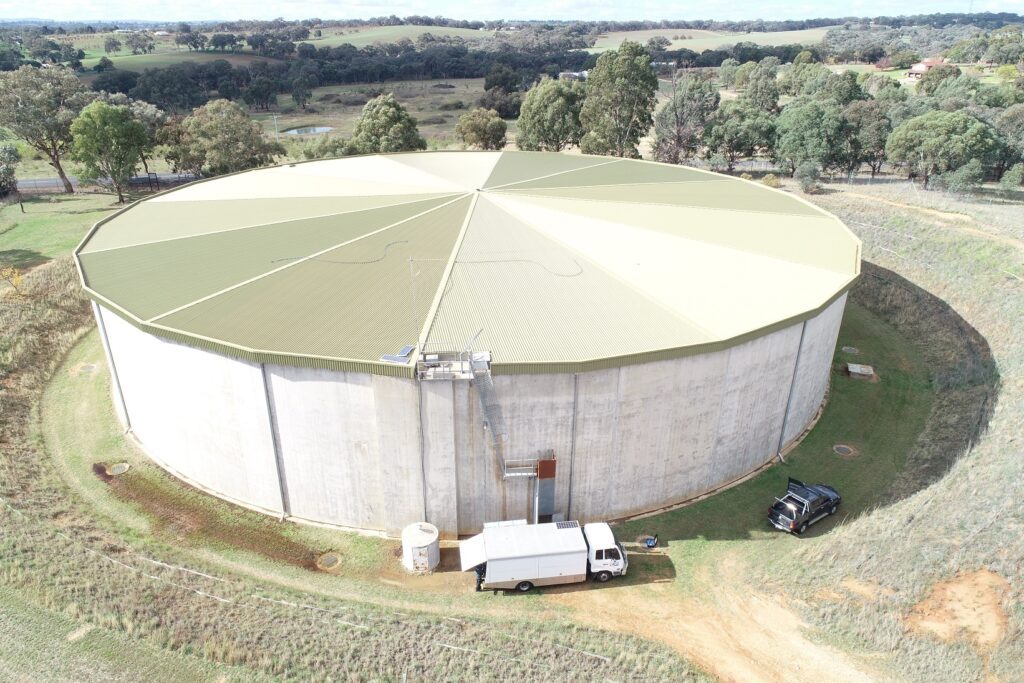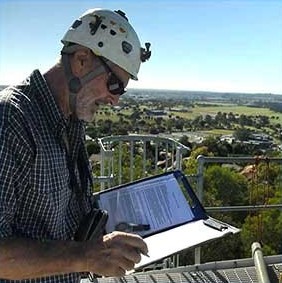About
About US
About ASAM RT
Preserving Operational Knowledge and Advancing Water Asset Management
“Proven knowledge is so easily lost or discarded and is often replaced with information based on modelling or unworkable solutions.”

David Barry
Water Industry Advocate

About US
About ASAM RT
Preserving Operational Knowledge and Advancing Water Asset Management

“Proven knowledge is so easily lost or discarded and is often replaced with information based on modelling or unworkable solutions.”
David Barry
Water Industry Advocate

Our Mission
At ASAM RT, our mission is to empower water industry professionals with tools and resources to efficiently manage water assets. We strive to ensure compliance, preserve operational knowledge and streamline processes for future generations of operators, managers and contractors.

Our Vision
We envision a future where water asset management is simplified and universally accessible. By providing proven data management solutions and innovative tools, we aim to foster compliance, safety and efficiency across the water industry.

Our Expertise
With decades of experience and deep insight into water industry operations, ASAM RT offers a robust platform that supports asset management, report generation and safety compliance. Our specialized tools, including the Titan Arm, are designed to meet the unique challenges of water asset management, ensuring safer, smarter and more effective operations.

Our Mission
At ASAM RT, our mission is to empower water industry professionals with tools and resources to efficiently manage water assets. We strive to ensure compliance, preserve operational knowledge and streamline processes for future generations of operators, managers and contractors.

Our Vision
We envision a future where water asset management is simplified and universally accessible. By providing proven data management solutions and innovative tools, we aim to foster compliance, safety and efficiency across the water industry.

Our Expertise
With decades of experience and deep insight into water industry operations, ASAM RT offers a robust platform that supports asset management, report generation and safety compliance. Our specialized tools, including the Titan Arm, are designed to meet the unique challenges of water asset management, ensuring safer, smarter and more effective operations.
popular questions
Frequently asked questions

popular questions!
Frequently asked questions
Explore Aqua Safe Skills
Aqua Safe Skills
Confined Space Access (Video)
This video highlights critical safety and water quality issues in water storage reservoirs, emphasizing the importance of confined space access procedures.
For more industry-specific knowledge and resources, visit Aqua Safe Skills.
Aqua Safe Skills is your trusted source for water industry knowledge and safety data. The site provides proven insights and practical tools for professionals, supporting safe and effective operations.
Explore Aqua Safe Skills
Aqua Safe Skills
Confined Space Access (Video)
This video highlights critical safety and water quality issues in water storage reservoirs, emphasizing the importance of confined space access procedures.
For more industry-specific knowledge and resources, visit Aqua Safe Skills.
Aqua Safe Skills is your trusted source for water industry knowledge and safety data. The site provides proven insights and practical tools for professionals, supporting safe and effective operations.
Information for you
Aqua Facts



Information for you
Aqua Facts




